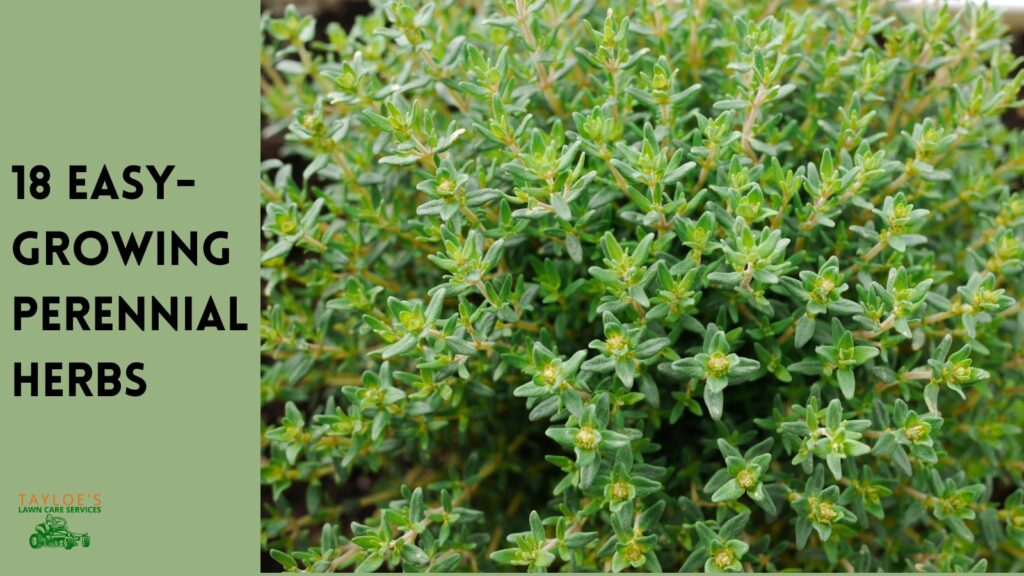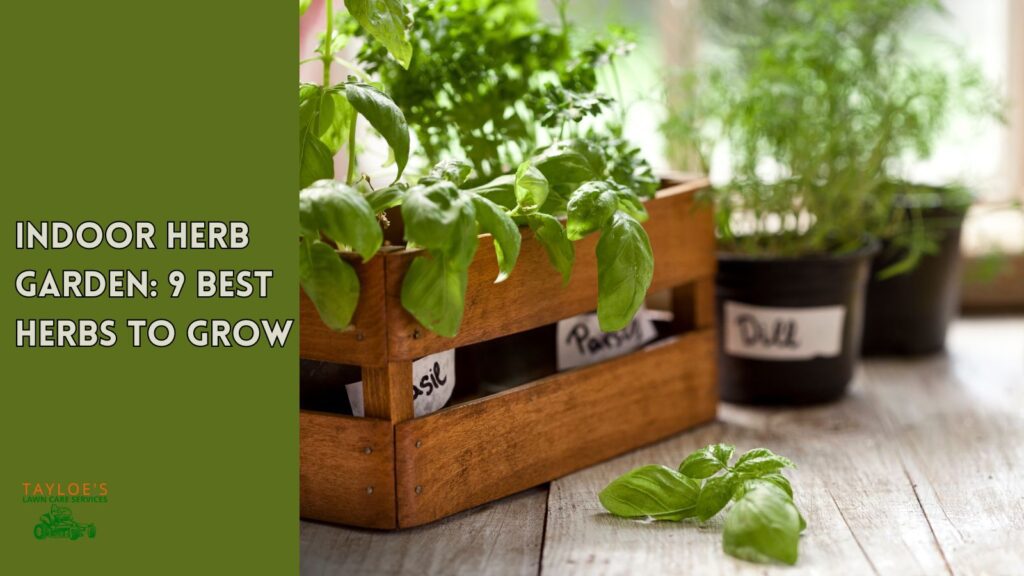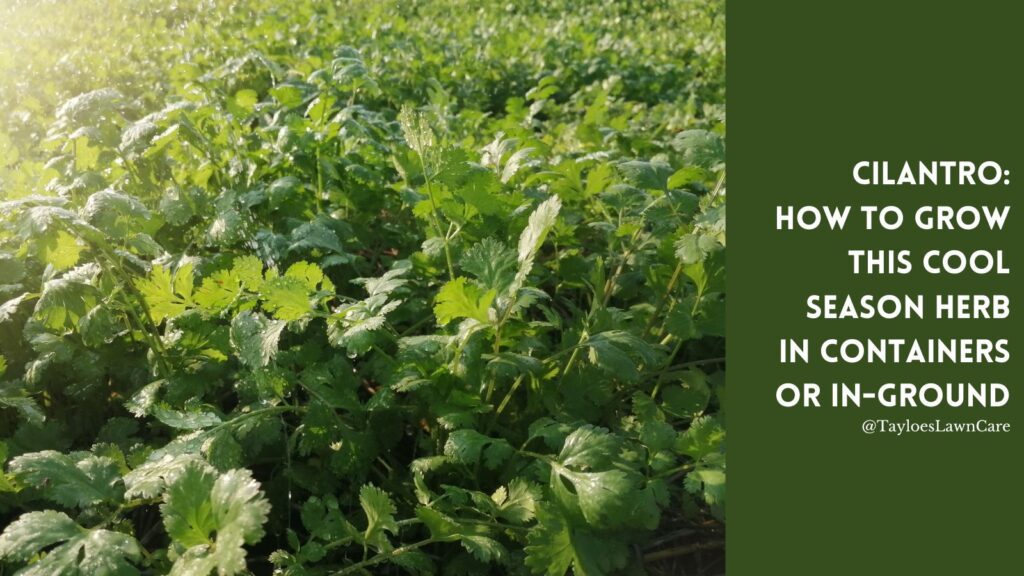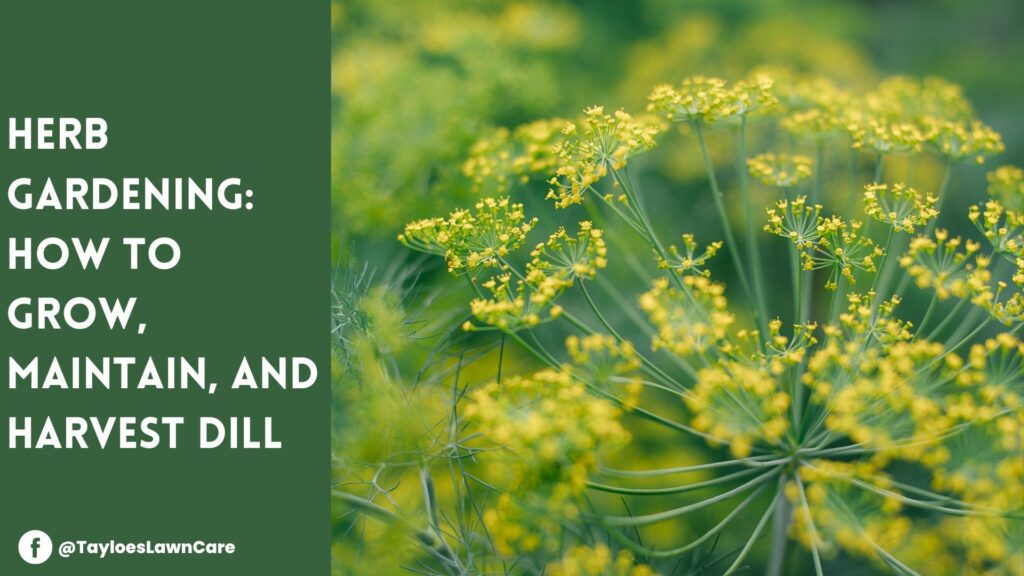Last Updated on: 16th August 2024, 06:02 am

Learn to dry or freeze fresh herbs for freshness.
Preserving herbs is a fantastic way to ensure fresh, flavorful food all year. Whether you’re an avid gardener or someone who loves to cook with a particular herb, learning how to preserve it properly can elevate your culinary creations and save you money.
In this comprehensive guide to herb preservation, we’ll explore the best methods for preserving different types of herbs, provide insider tips, and help you avoid common mistakes.
Choosing the Right Preservation Method
When it comes to preserving herbs, the method you choose depends on the type of herb and how you plan to use it later.
Some herbs retain flavor better when dried, while others are best preserved through freezing.
Drying Herbs: This method works well for sturdy, woody species like thyme, rosemary, and oregano. The leaves and stems retain their zing and aroma even after drying, making them perfect for use in dishes like roasted meats and vegetables during the colder months. Consider drying fresh herbs at home to preserve the freshness and quality of your homegrown varieties.
Freezing Herbs: Delicate species such as basil, parsley, and dill are better suited for freezing. Freezing helps to lock in their fresh flavor and aroma, which can be released when added to soups, sauces, and stews.
Choosing the right preservation method allows you to enjoy the vibrant taste of your garden-fresh bounty long after the growing season.
Once you see how easy it is to dry or freeze herbs, you’ll wonder why you didn’t try it earlier!
Drying Herbs
Drying your own herbs is easy and ensures more robustness compared to store-bought dried alternatives. The process is simple and requires minimal equipment, making it an accessible option for anyone looking to preserve their harvest.
Home-dried herbs often have stronger flavors than store-dried herbs, so use them sparingly until you get the hang of it.
Air Drying: This is the most traditional method of drying herbs and requires nothing more than a dark, dry place. A kitchen shelf or closet works perfectly. Use a rubber band to tie the stems in small bundles and hang them upside-down to dry. It can take a week or more to air dry whole herbs, but the slow drying process helps preserve the essential oils, ensuring maximum flavor.
Using a Food Dehydrator: A food dehydrator is a great investment for a quicker drying process. It allows for controlled temperature and air circulation, which results in high-quality dried leaves and stems in just a few hours.
Microwave Drying: If you’re in a hurry, drying them in the microwave is a viable option. However, this method works best with herbs with a lower moisture content and should only be done with a microwave with a wattage rating of 1,000 or less to avoid burning the herbs.
Oven Drying: Another quick method is oven drying at a low temperature (110-130°F). Spread the herbs on a baking sheet in a single layer and let them dry slowly. Keep an eye on them to prevent over-drying, lose taste.
Tips for Drying Herbs
Harvest Early: For the best taste, harvest your herbs early in the morning, just after the dew has dried but before the sun is fully up. This is when the essential oils are most concentrated.
Rinse Gently: Gently shake and rinse them under cool water to remove dirt or debris. Be careful not to bruise the leaves, as this can release the oils and reduce flavor.
Storage: Store them in airtight containers with tight-fitting lids. Keep them away from direct sunlight once dried. This helps to preserve their taste and aroma for months.
Freezing Herbs
Frozen herbs are another excellent way to preserve their fresh taste, especially those that don’t dry well. This method is ideal for things you plan to use in cooked dishes like soups, casseroles, or breakfast skillets.
Using frozen oil to freeze herbs retains more flavor than storing them in ice. Frozen oil melts faster, allowing the preserved herbs to integrate into dishes more quickly and effectively. This prevents overcooking and loss of flavor during cooking.
Preparing Herbs for Freezing
Stem Removal: Start by removing any thick stems, as these don’t freeze well and can become tough and woody when thawed.
Chop Finely: Finely chop the dry herbs before freezing. This makes them more manageable and ready to use directly from the freezer. A food processor makes this a 5-second job.
Add Oil: A great insider tip is mixing the chopped leaves with olive oil before freezing. This helps preserve their flavor and prevents ice crystals from forming, which can make the herbs mushy when thawed.
Ice Cube Trays: Put the prepped goodies into an ice cube tray for easier herb handling.
Best Herbs for Freezing
Basil, Fresh Parsley, Dill, and Mint: These species freeze exceptionally well and retain their flavor beautifully. Purchasing fresh parsley in large bundles often leads to food waste, but freezing it can preserve its flavor and extend its usability in various dishes without waste.
Thyme, Sage, Rosemary, and Oregano: While these herbs can be frozen, they are more commonly dried. However, freezing them for use in hearty dishes like soups and stews.
Storing Frozen Herbs in an Ice Cube Tray or Freezer Bags
Ice Cube Trays: One of the best ways to freeze is by placing them in an ice cube tray, covering them with water or oil, and freezing. Once frozen solid, transfer the cubes to a freezer bag for easy storage and use. Ensuring the herbs are frozen solid is crucial for preservation and better cooking.
Freezer Bags: You can also spread the chopped herbs on a baking sheet, freeze them, and then transfer them to a labeled freezer bag. This method works well if you prefer not to use oil.
Using Preserved Herbs
The fun part begins once your herbs are dried or frozen—using them in your favorite recipes!
Frozen Herbs: Use frozen herbs directly from the freezer to add freshness to soups, sauces, and stews. The heat releases their aroma and taste, making them perfect for these dishes.
Dried Herbs: Dried herbs are fantastic for seasoning roasted meats, vegetables, and even homemade spice blends. Since drying means more concentrated, you’ll only need a small amount to enhance your dishes.
Best Practices and Common Mistakes When You Freeze or Dry Fresh Herbs
Preserving your herbs is easy. Still, there are a few best practices to follow to ensure the best results during long-term storage:
Rinse Before Freezing: Always rinse them before freezing to remove dirt, but pat them dry with paper towels to remove excess water and thus prevent ice crystals.
Prevent Freezer Burn: To prevent freezer burn, store them in airtight containers or squeeze excess air from freezer bags before sealing.
Avoid Direct Sunlight: When drying, avoid placing them in direct sunlight, as this can cause them to lose color and taste.
Preserving Herbs for Specific Uses
Different preservation methods can be tailored to specific culinary uses:
Freeze in Oil: Freeze herbs in oil to make them easier to use in sauces and marinades. This method is particularly useful for basil and parsley.
Dry for Teas and Potpourri: Drying mint and lavender can give you homemade tea blends and fragrant potpourri, adding a personal touch to your home. Just add boiling water!
Make Green Goddess Dressing: Use frozen herbs to make a creamy Green Goddess dressing packed with freshness.
Drying or Freezing Herbs Is Fun and Easy
Preserving fresh herbs is a simple and effective way to enjoy the great taste all year round.
Whether you dry or freeze your favorite herb, experimenting with different methods and recipes will help you discover your favorite ways to use them.
Start preserving your bounty, and enjoy the benefits of garden freshness in your cooking, no matter the season!
Author Profile

- Deborah Tayloe is the CEO and co-founder of Tayloe's Lawn Care Services, LLC. She has a B.S.Ed and holds certificates in soil and water management and herbology from accredited programs.
Latest entries
 Lawn CareDecember 29, 2025Commercial winter lawn care is a must
Lawn CareDecember 29, 2025Commercial winter lawn care is a must GardeningSeptember 27, 2025What perennials, shrubs, and trees don’t like fall pruning (and why)?
GardeningSeptember 27, 2025What perennials, shrubs, and trees don’t like fall pruning (and why)? Trees and ShrubsSeptember 14, 2025Fall Shrub Pruning Guide (September–October)
Trees and ShrubsSeptember 14, 2025Fall Shrub Pruning Guide (September–October) Trees and ShrubsApril 22, 2025Boxwood Blight: Early identification and isolation
Trees and ShrubsApril 22, 2025Boxwood Blight: Early identification and isolation









